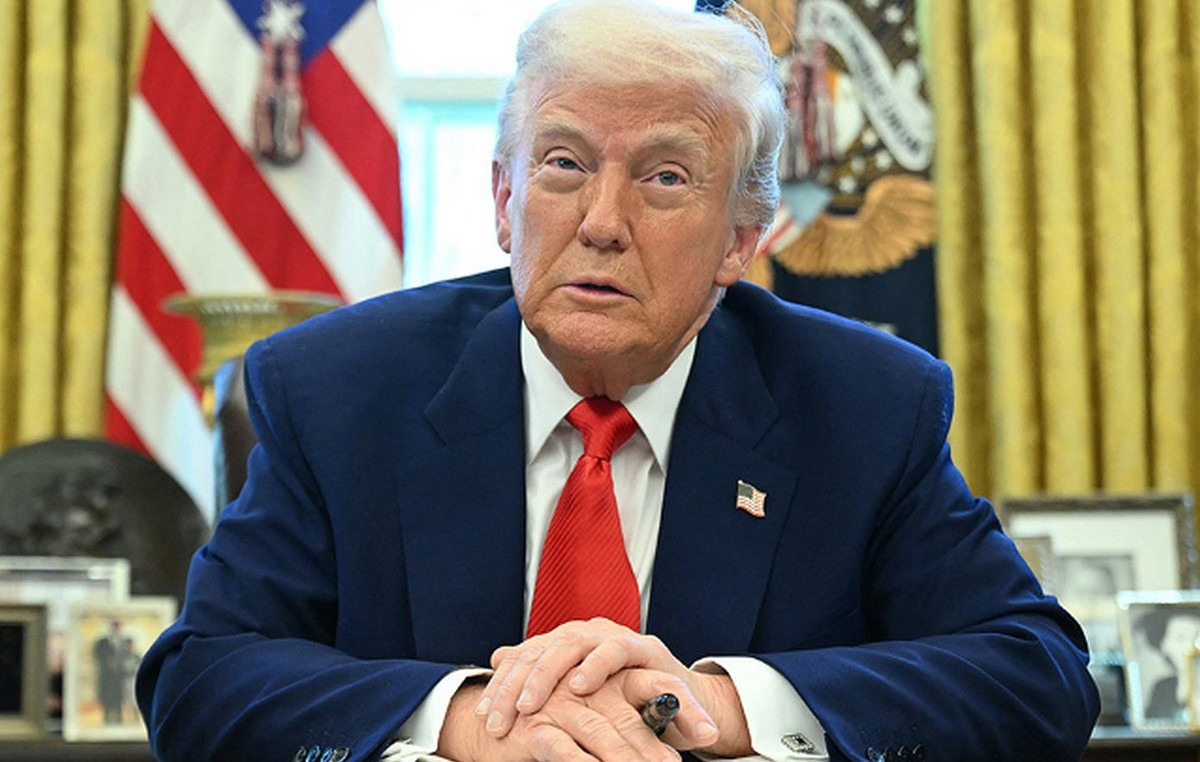- The Dow Jones hit a new all-time high during trading on Monday.
- Despite the bullish push, stocks remain generally tepid.
- Investors are bracing for a wait until the Fed’s rate decision on Wednesday.
The Dow Jones Industrial Average (DJIA) hit another record intraday bid to start the new trading week. Major stocks on the New York Stock Exchange (NYSE) rose on Monday, ahead of the Federal Reserve (Fed) rate decision on Wednesday, which is widely expected to be the Fed’s first rate cut since March 2020.
According to investors, it’s all but a given that the Fed will start a new round of rate cuts on Wednesday, and it now comes down to a debate over how much rather than when. According to the CME’s FedWatch tool, rate traders are pricing in about a 60% chance that the Fed’s first rate cut in more than four years will be a 50bp decrease in the fed funds rate, with the remaining 40% expecting a more moderate 25bp cut. Rate markets are also pricing in a total of 125-150bp in cuts by year-end, with interest rate traders seeing roughly an 80% chance that the fed funds rate will reach a total of 400-425bp by Dec. 18 versus the current interest rate of 525-550.
US retail sales are due for an update on Tuesday, but the key data that would normally drive some level of volatility is not expected to move the needle this week unless the figure is completely out of line with forecasts. Monthly US retail sales growth in August is expected to slow to 0.2% from 1.0% in July, while monthly core retail sales (excluding auto purchases) are expected to edge down to 0.3% from 0.4%.
Dow Jones News
Despite an overall tepid tone in U.S. stocks on Monday, the Dow Jones has leaned to the bullish side, rising around 130 points and adding 0.3% to the current average near 41,500. The DJIA hit a new record intraday bid of 41,738 before pulling back as investors wait.
Intel Corp (INTC) added 2.5%, climbing to over $20 a share after it was revealed that the chipmaker would receive a $3.5 billion grant from the U.S. government to produce chipsets for the U.S. military and the Pentagon. Despite Monday’s surge, INTC has barely recovered from its more than decade-long lows and has yet to regain ground after missing an earnings call in August. A technical recovery has yet to materialize after the silicon giant enthusiastically announced it would lay off more than 15,000 employees in an attempt to appease shareholders and try to stem the company’s nearly 60% year-to-date drop in the value of its stock.
At the lower end, Apple Inc (AAPL) fell -3.3% to $215 per share after reports emerged that demand for the company’s 16th iteration of the iPhone platform may not be as high as many anticipated. According to analysts, key AI-powered features that Apple was relying on to revive declining sales figures are still not publicly available, flattening phone sales. At the same time, long shipping times are further shaking off potential buyers. Sales of the company’s latest annual handset refresh are down 12% year-over-year, according to TF Securities analysis.
Dow Jones Price Forecast
Despite a tepid overall stance in equity trading on Monday, the Dow Jones continues to find plenty of room on the supply side, hitting a new all-time high and rounding the corner toward a fourth straight day of gains. The main stock index has recovered nearly 4.4% from the bottom up from last week’s low below 40,000.
With the DJIA recovering above the 50-day exponential moving average (EMA) rising through 40,450, the stock is firmly planted on the bullish side, although long-term bidders will be wary of price action cycling through familiar technical levels. This is not the first time the Dow Jones has priced a topping pattern ahead of major news events, and despite having a short-term memory problem, buyers may still remember July’s bumpy -7.2% drop from previous all-time highs.
Dow Jones daily chart
The Dow Jones FAQs
The Dow Jones Industrial Average, one of the oldest stock market indexes in the world, is made up of the 30 most actively traded stocks in the United States. The index is weighted by price rather than capitalization. It is calculated by adding up the prices of the component securities and dividing by a factor, currently 0.152. The index was founded by Charles Dow, also founder of the Wall Street Journal. In recent years it has been criticized for not being sufficiently representative, as it only tracks 30 companies, unlike broader indexes such as the S&P 500.
There are many factors that drive the Dow Jones Industrial Average (DJIA). The main one is the aggregate performance of the companies that comprise it, as revealed in quarterly corporate earnings reports. US and global macroeconomic data also contribute, as they influence investor confidence. The level of interest rates, set by the Federal Reserve (Fed), also influences the DJIA, as it affects the cost of credit, on which many companies rely heavily. Therefore, inflation can be a determining factor, as well as other parameters that influence the decisions of the Federal Reserve.
Dow Theory is a method for identifying the major trend of the stock market developed by Charles Dow. A key step is to compare the direction of the Dow Jones Industrial Average (DJIA) and the Dow Jones Transportation Average (DJTA) and only follow trends where both move in the same direction. Volume is a confirmation criterion. The theory uses elements of peak-trough analysis. Dow Theory posits three phases of a trend: accumulation, when smart money starts buying or selling; public participation, when the general public joins the trend; and distribution, when smart money leaves the trend.
There are several ways to trade the DJIA. One is to use ETFs that allow investors to trade the DJIA as a single security, rather than having to buy shares of all 30 companies that comprise it. A prominent example is the SPDR Dow Jones Industrial Average ETF (DIA). Futures contracts on the DJIA allow traders to speculate on the future value of the index, and options provide the right, but not the obligation, to buy or sell the index at a predetermined price in the future. Mutual funds allow investors to purchase a portion of a diversified portfolio of DJIA securities, providing exposure to the overall index.
Source: Fx Street
I am Joshua Winder, a senior-level journalist and editor at World Stock Market. I specialize in covering news related to the stock market and economic trends. With more than 8 years of experience in this field, I have become an expert in financial reporting.







